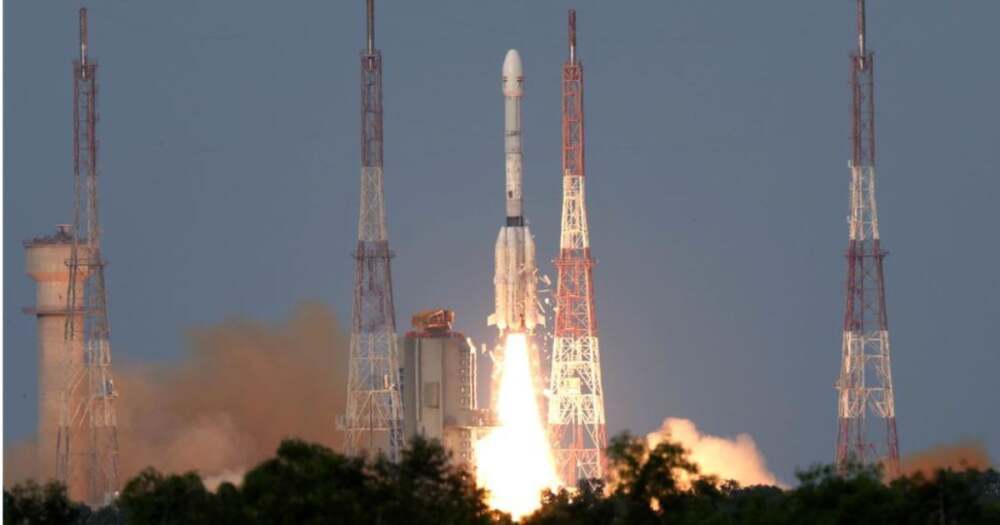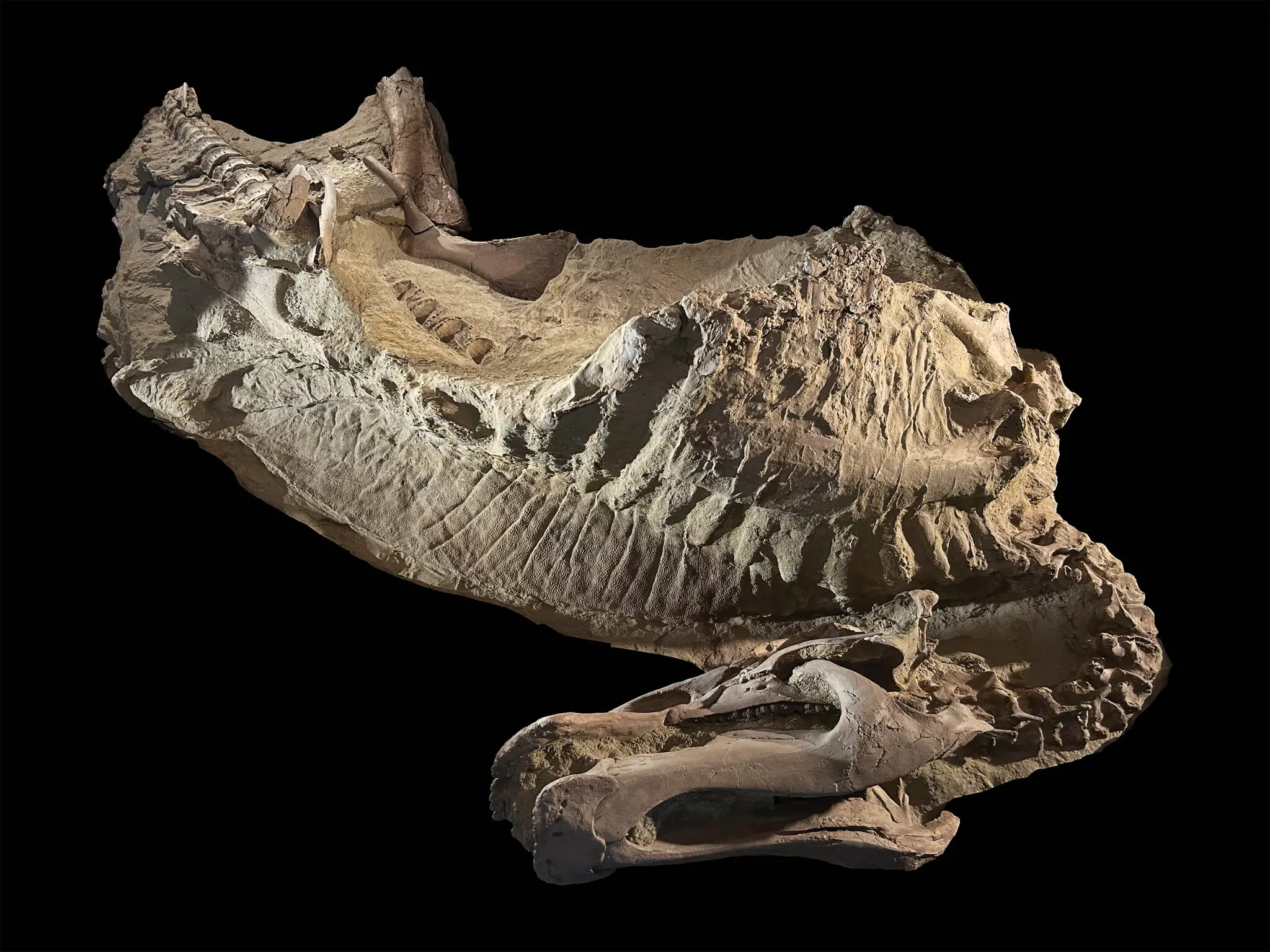The NASA-ISRO Synthetic Aperture Radar (NISAR) mission has reached a historic milestone in space technology with the successful deployment of its massive 12-meter-wide radar antenna reflector. The satellite, launched in late July, is designed to provide an unprecedented view of Earth’s changing surface, making it one of the most ambitious Earth-observation missions ever attempted.
A Landmark Deployment
Seventeen days after launch, engineers initiated a complex sequence to deploy the satellite’s 9-meter boom, followed by the release of the reflector. The tightly packed structure, resembling a folded umbrella, expanded into its full circular form in under an hour. This marks the largest antenna reflector NASA has ever unfurled in orbit—a remarkable engineering achievement.
Why It Matters
The dual-frequency radar system, combining NASA’s L-band and ISRO’s S-band technologies, will allow scientists to detect surface changes on Earth as small as a centimeter. From monitoring ice sheets in the polar regions to tracking forest cover, earthquakes, and coastal shifts, the mission is expected to deliver data critical for understanding climate change, natural disasters, and long-term environmental patterns.
Collaboration on a Global Scale
NISAR represents years of collaboration between the United States and India. Combining technical expertise and resources, the mission is not only a symbol of scientific partnership but also a powerful tool for addressing global challenges.
Next Steps
With the deployment complete, the satellite now enters a lengthy calibration and testing phase. Scientists will spend the coming months ensuring that the radar systems operate flawlessly before the satellite begins full-scale scientific observations later this year.
Once operational, NISAR will provide a continuous stream of high-precision data that can help governments, researchers, and disaster response teams prepare for and respond to Earth’s rapidly changing environment.
















Leave a Reply